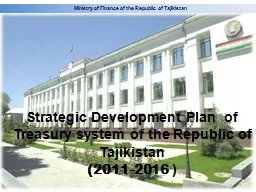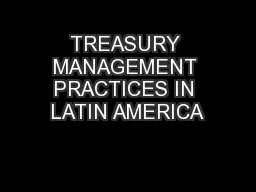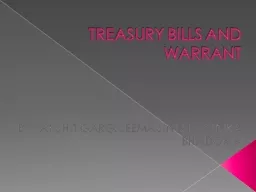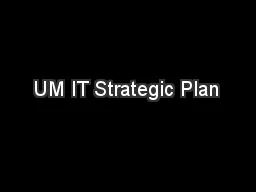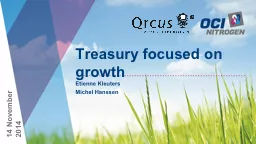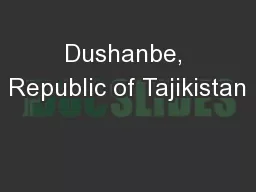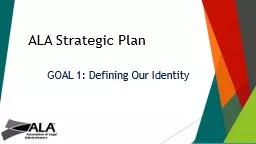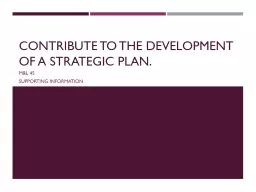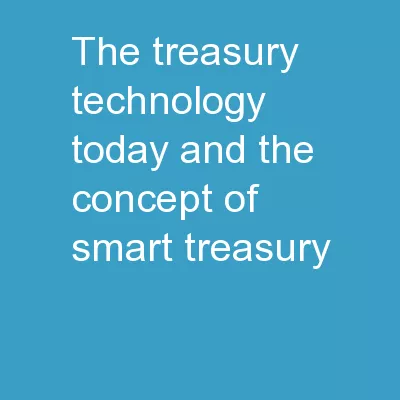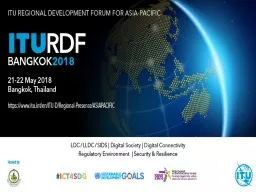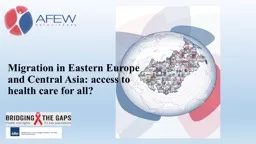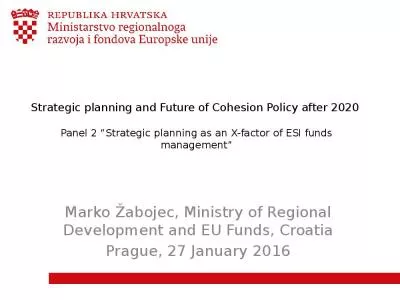PPT-1 Strategic Development Plan of Treasury system of the Republic of Tajikistan
Author : projoutr | Published Date : 2020-07-04
20112016 Ministry of Finance of the Republic of Tajikistan Background 2 1 The implementation process of the treasury system of budget execution began in 1996
Presentation Embed Code
Download Presentation
Download Presentation The PPT/PDF document "1 Strategic Development Plan of Treasu..." is the property of its rightful owner. Permission is granted to download and print the materials on this website for personal, non-commercial use only, and to display it on your personal computer provided you do not modify the materials and that you retain all copyright notices contained in the materials. By downloading content from our website, you accept the terms of this agreement.
1 Strategic Development Plan of Treasury system of the Republic of Tajikistan: Transcript
Download Rules Of Document
"1 Strategic Development Plan of Treasury system of the Republic of Tajikistan"The content belongs to its owner. You may download and print it for personal use, without modification, and keep all copyright notices. By downloading, you agree to these terms.
Related Documents

